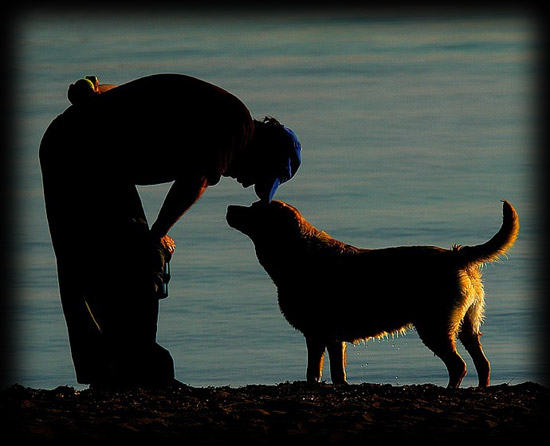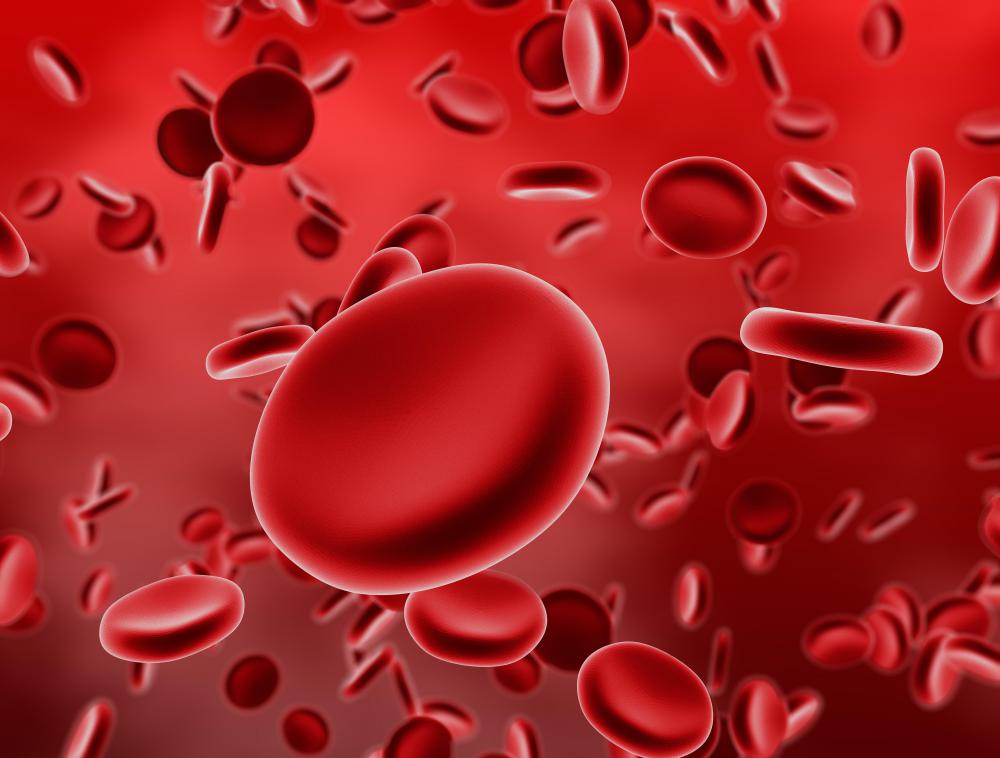Factslap: Humans invented alcohol before we invented the wheel
The wheel is credited as one of humankind’s most important inventions: It allowed people to travel farther on land than ever before, irrigate crops, and spin fibers, among other key benefits. Today, we often consider the wheel to be the ultimate civilization game-changer, but it turns out, creating the multipurpose apparatus wasn’t really on humanity’s immediate to-do list. Our ancient ancestors worked on other ideas first: boats, musical instruments, glue — and alcohol. The oldest evidence of booze comes from China, where archaeologists have unearthed 9,000-year-old pottery coated with beer residue; in contrast, early wheels didn’t appear until around 3500 BCE (about three millennia later), in what is now Iraq. But even when humans began using wheels, they had a different application — rudimentary versions were commonly used as potter’s wheels, a necessity for mass-producing vessels that could store batches of brew (among other things). Some researchers believe our long-standing relationship with alcohol began only 10 million years ago thanks to a genetic mutation that allowed our bipedal ancestors to consume overly ripe fruit. Over time, alcohol consumption transitioned from snacktime byproduct to a purposefully crafted, fermented beverage, and different cultures began to create their own brews independently. After China’s beer and wine appeared around 7000 BCE, early vintners in the Caucasus Mountainsfollowed 1,000 years later. Sumerian brewers crafted beer around 3000 BCE, while Indigenous communities in the Americas, such as the Aztecs and Incas, later made their own drinks from agave and corn. It may seem surprising that ancient humans were so fermentation-focused, but early alcohols played a major role in prehistoric communities: Booze was often the center of religious and social celebrations, and could serve as a go-to cure for illness and pain. In some cases, it even acted as a nutritious, probiotic boost during times of food scarcity. With their many uses, both lifesaving and life-enhancing, brewed beverages have withstood the test of time |











